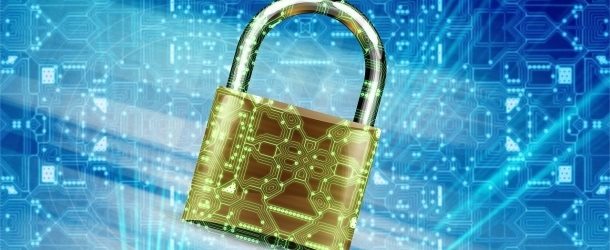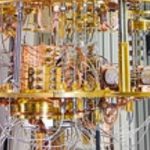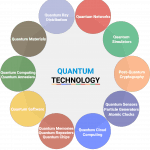Giles’ Third Quantum ‘Explainer’ Discusses Post-Quantum Cryptography

(TechnologyReview) This is the third in a must-read series of “explainers” about quantum technology by Martin Giles. In this explainer edition, he discusses the threat that quantum computers pose to today’s cryptographic defenses. Researchers and security firms are racing to develop new approaches to cryptography that will be able to withstand future quantum attacks mounted by hackers.
Quantum computers pose a threat to encryption because they could help hackers work their way back through algorithmic trapdoors much faster. Hackers are also likely to exploit quantum algorithms that optimize certain tasks. One such algorithm, published by Lov Grover of AT&T’s Bell Labs in 1996, helps quantum computers search possible permutations much faster. Another, published in 1994 by Peter Shor, who was then at Bell Labs and is now an MIT professor, helps quantum machines find the prime factors of integers incredibly fast.
“Y2Q”, the year in which quantum code-cracking becomes a major headache—may creep up surprisingly fast according to Giles. In 2015, researchers concluded that a quantum computer would need a billion qubits to be able to crack the 2,048-bit RSA system pretty comfortably; more recent work suggests that a computer with 20 million qubits could do the job in just eight hours.
post-quantum cryptography?
New kinds of cryptographic approaches that can be implemented using today’s classical computers but will be impervious to attacks from tomorrow’s quantum ones. The pressure is on because encryption technologies are deeply embedded in many different systems, so unraveling them and implementing new ones can take a great deal of time.























